Microeconomics Assignment: Analyzing Rent Control and Equilibrium
VerifiedAdded on 2023/06/05
|7
|578
|110
Homework Assignment
AI Summary
This microeconomics assignment explores the effects of rent control and market equilibrium, along with an analysis of externalities. It examines how a rent ceiling imposed by the government affects the low-cost housing market, considering scenarios where the ceiling is above and below the equilibrium price. The assignment also discusses the potential for black markets to emerge and the inefficiencies that can arise from rent regulation. Furthermore, it analyzes market equilibrium using supply and demand equations, calculating equilibrium price and quantity. The impact of positive externalities is explored, illustrating the concept of deadweight loss and the role of government subsidies in promoting the consumption of goods with positive externalities. Desklib offers a platform to access this and many other solved assignments for students.
1 out of 7
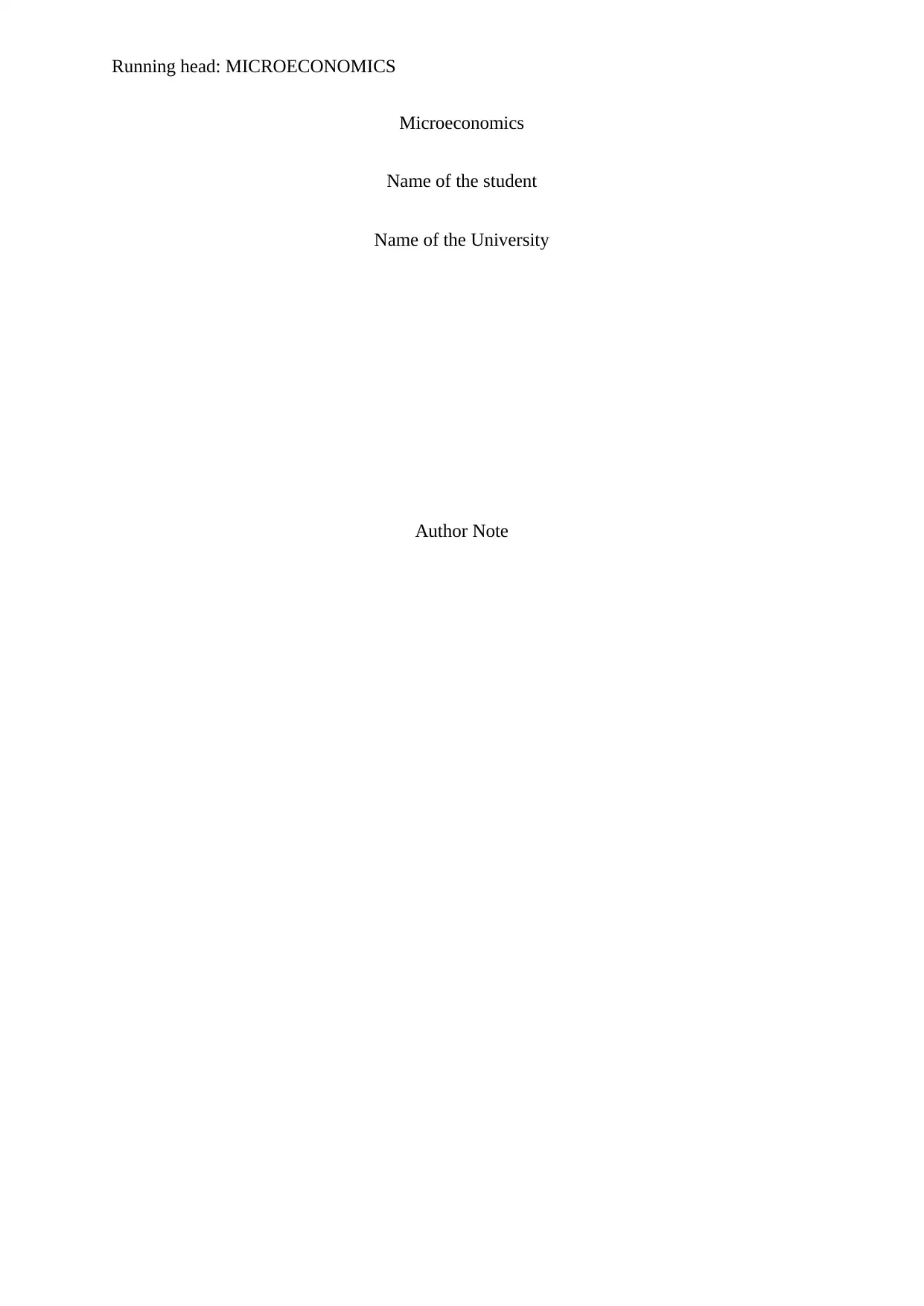
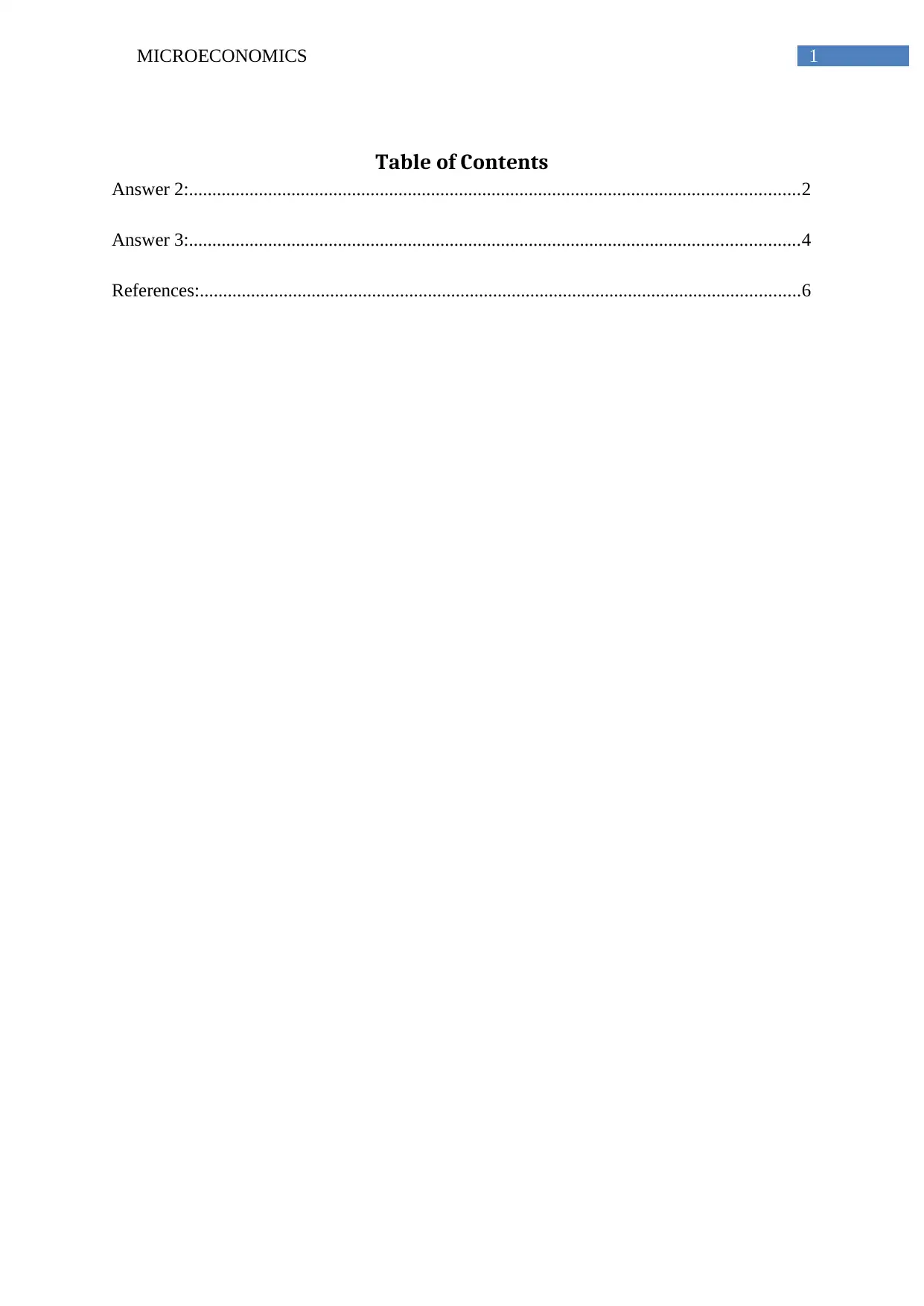
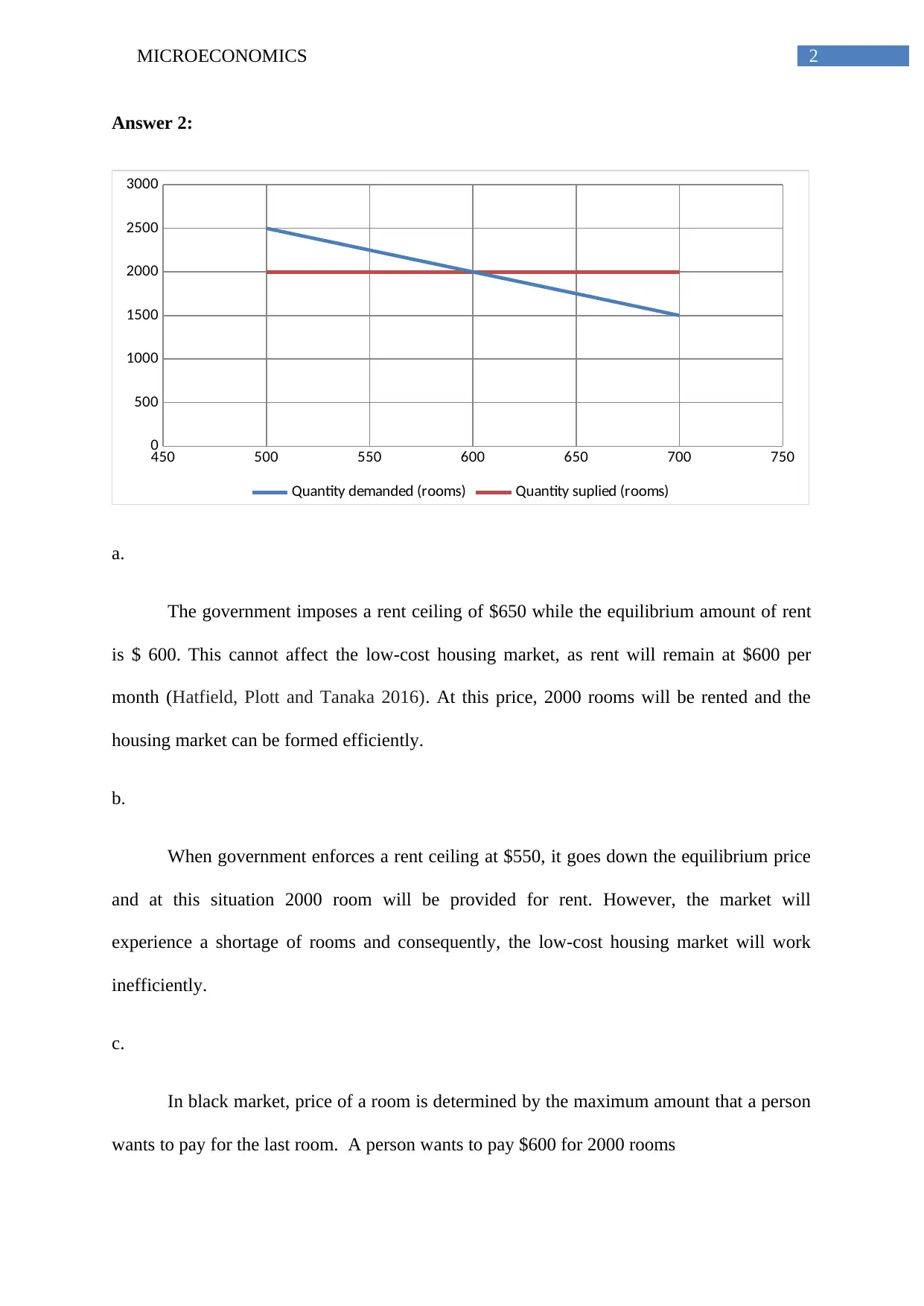

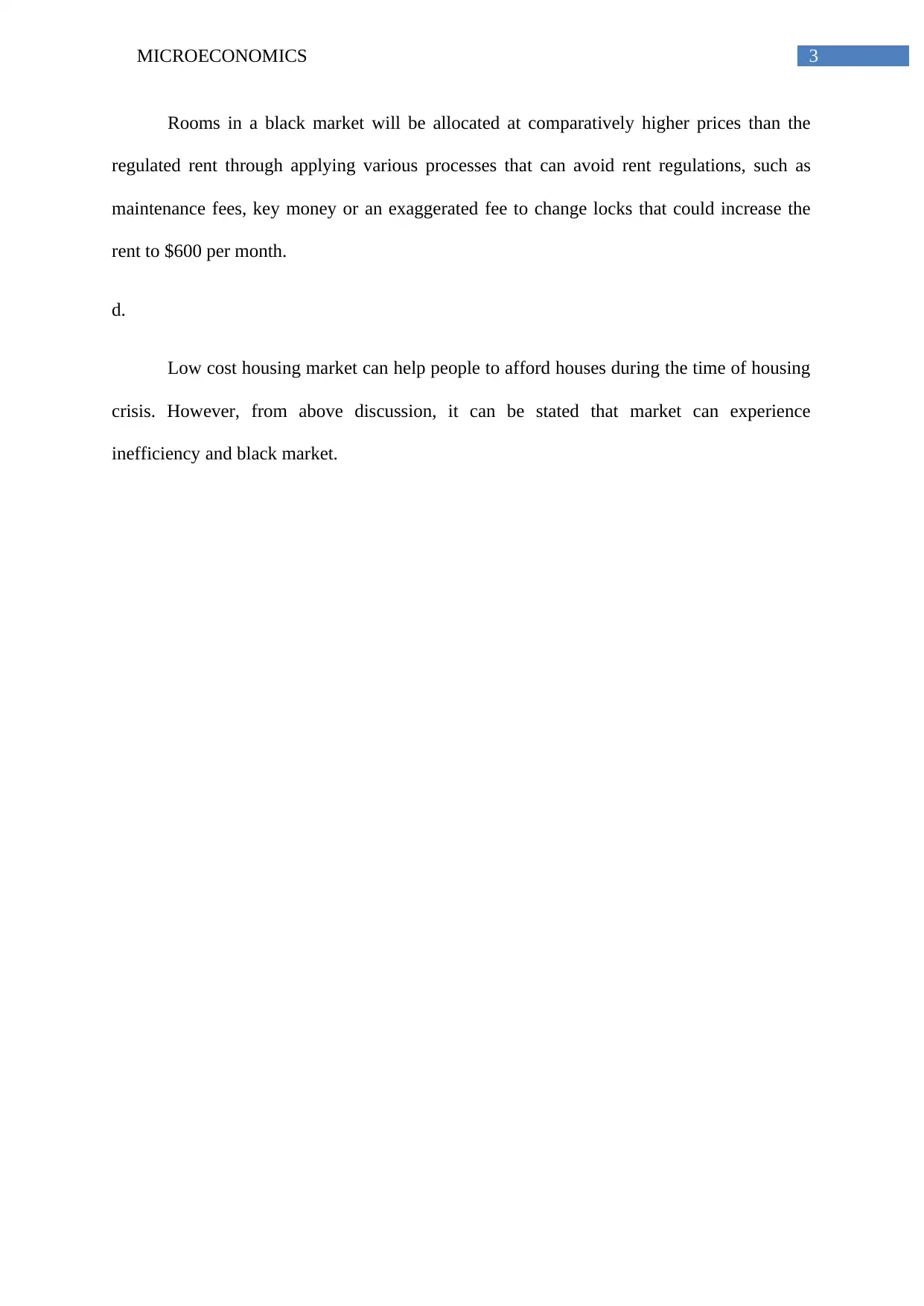
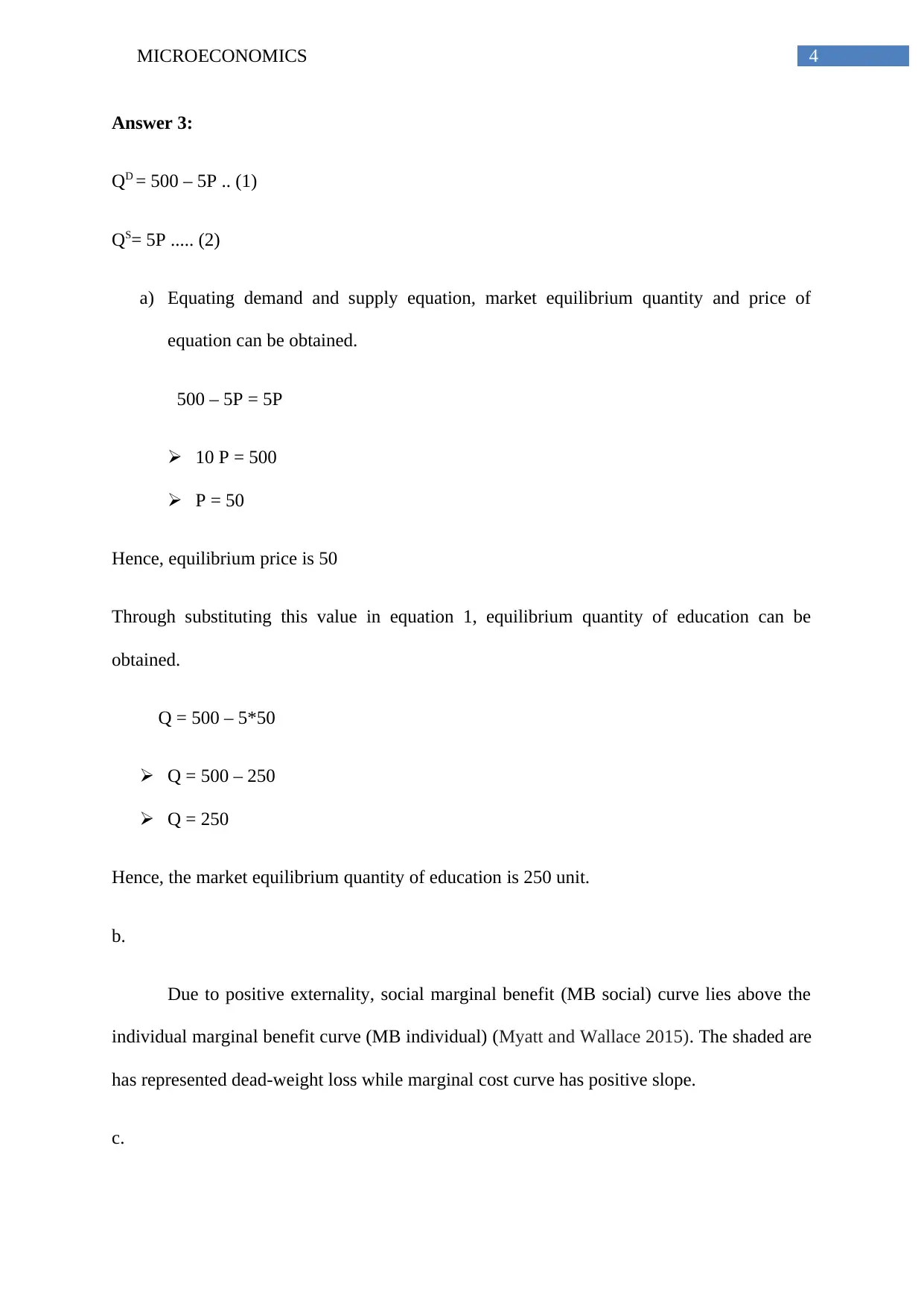
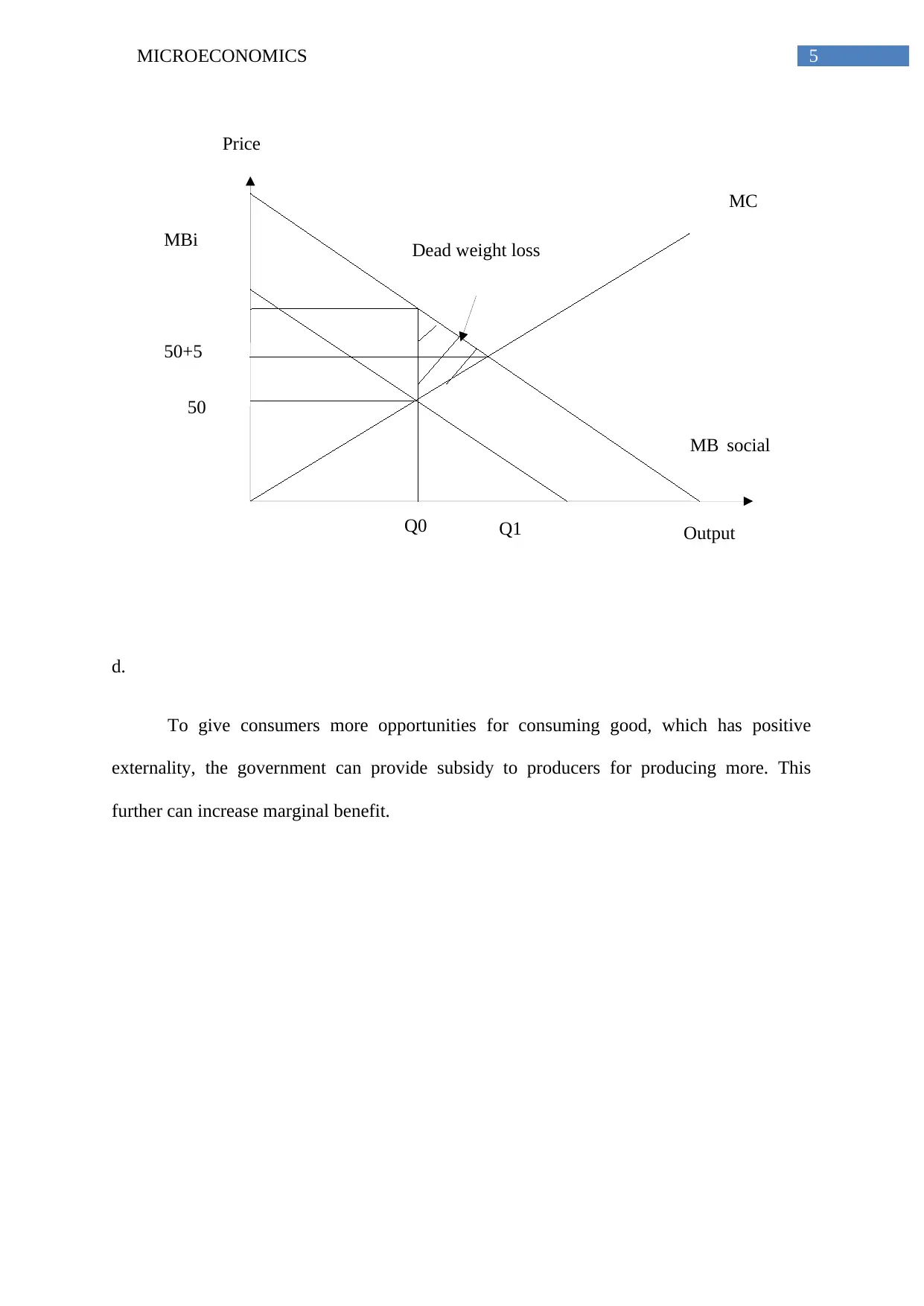
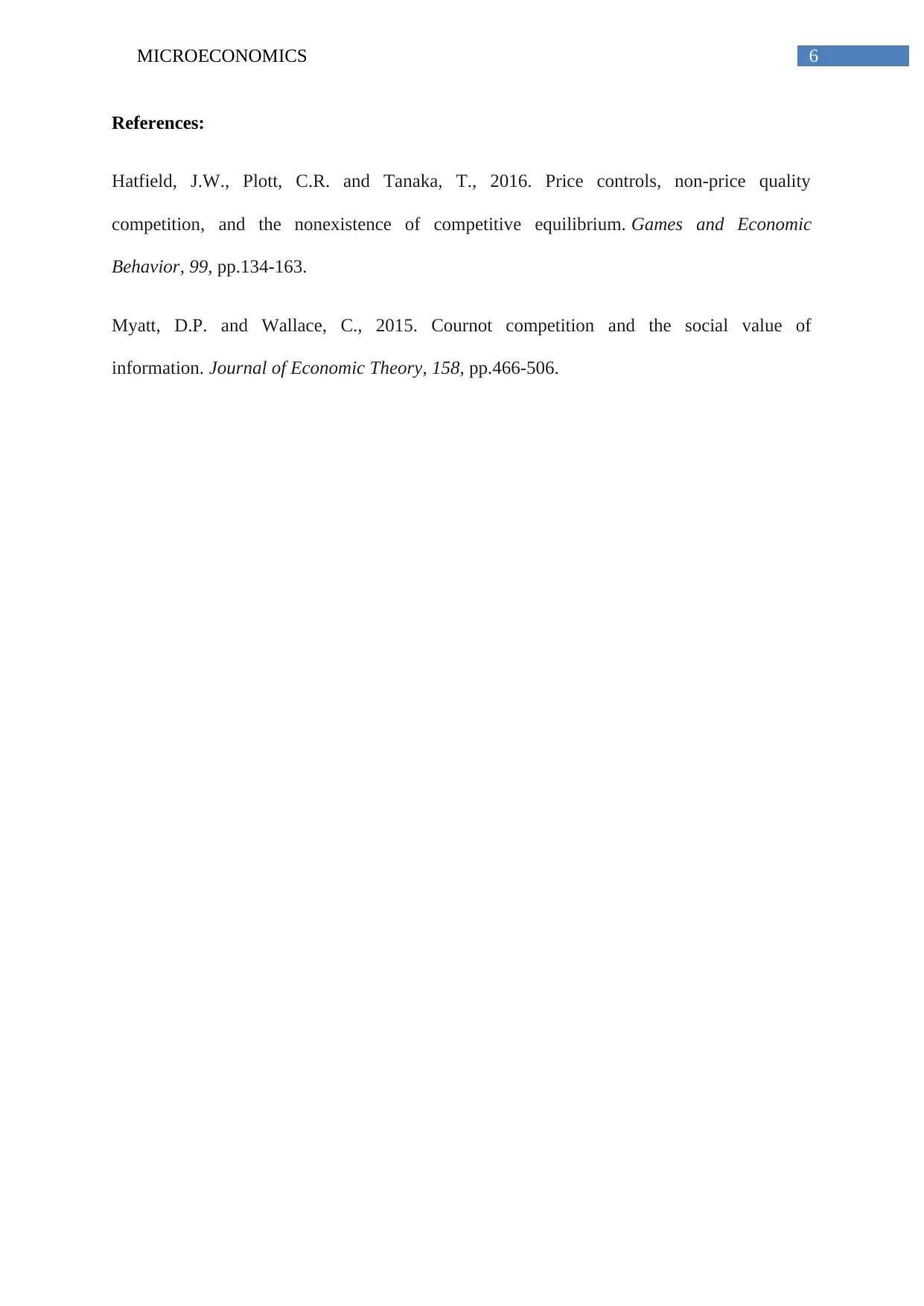

![[object Object]](/_next/static/media/star-bottom.7253800d.svg)